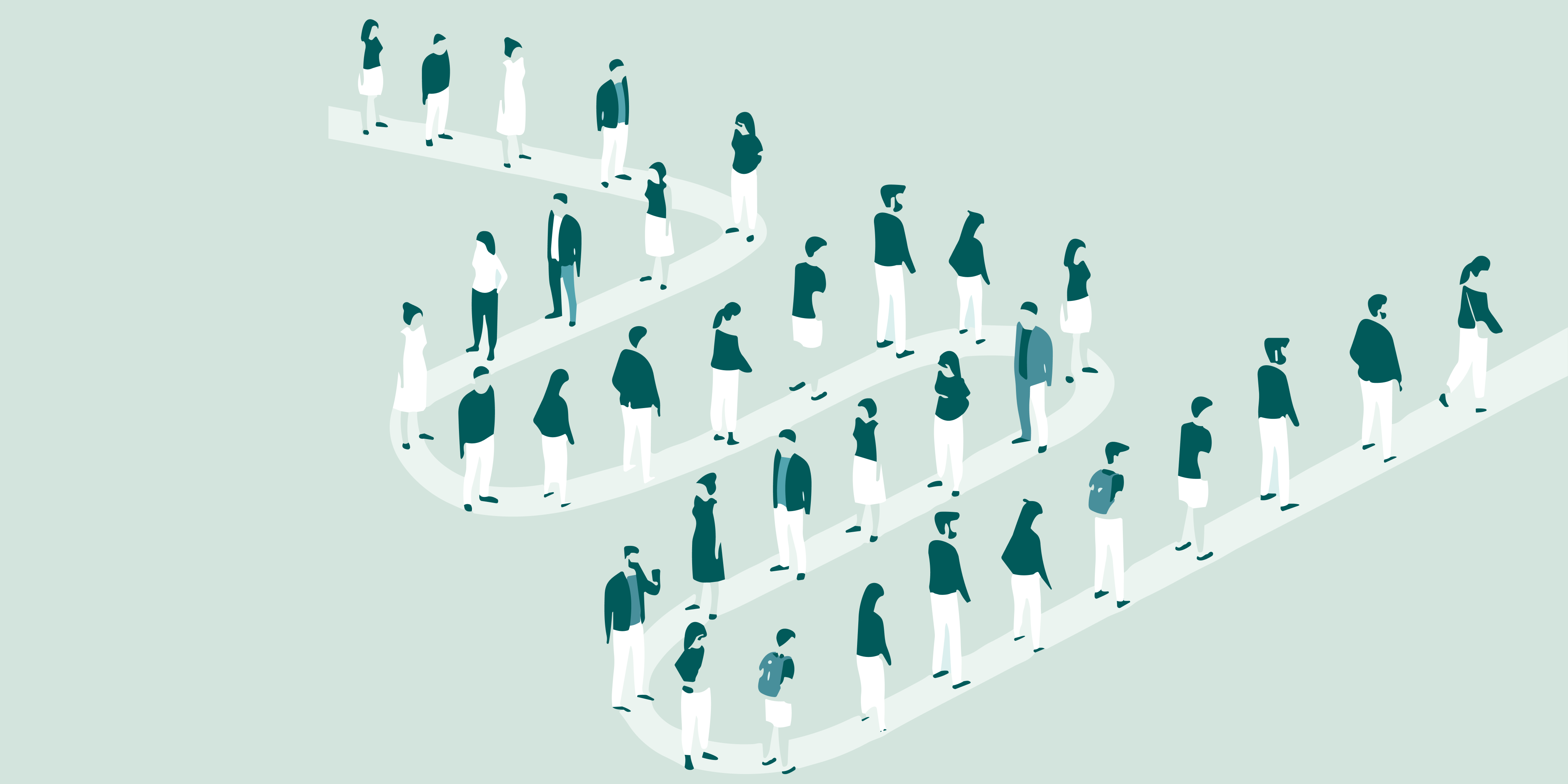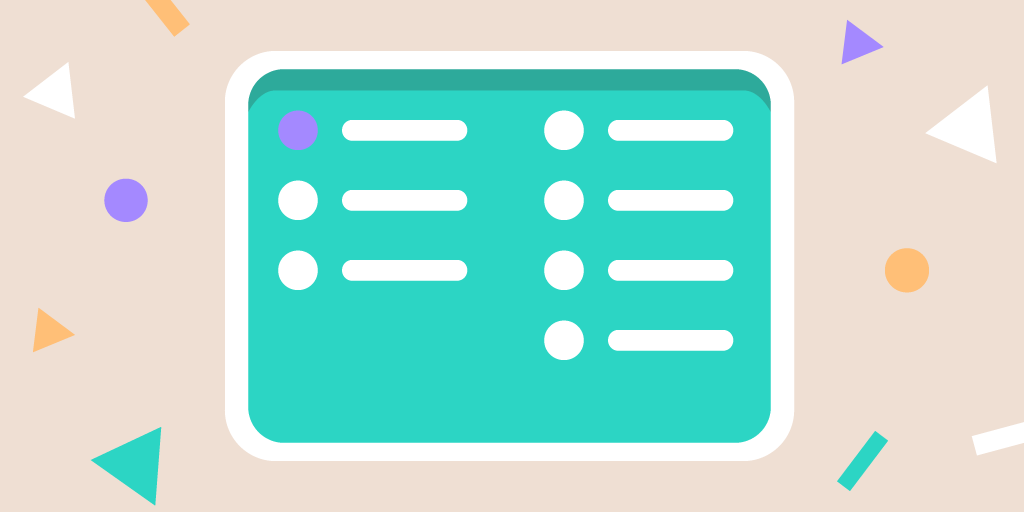Long wait times and high no-show rates hit every service organization, government offices, healthcare facilities, all of them. Missed appointments mess up staff schedules, and the citizens who actually show up wait even longer. Nobody wins.
A service dashboard changes this. It cuts no-shows and helps manage visitor flow by showing what's happening right now, appointments, which staff members are free, where the queue stands.
Teams use this information to act before things go wrong, bringing down no-show rates and those painful wait times.
In this blog we'll look at how service dashboards work, what they do for your operations, and specific strategies you can use to improve scheduling and make the whole service experience better.
What is a Service Dashboard?
A service dashboard is a digital platform that shows you everything happening in your service operations right now. Staff and managers see appointments, queues, cancellations, and other important metrics all in one spot. This makes decision-making faster and smarter.

When all this information sits in one place, service dashboards help organizations reduce no-show rates and handle long wait times better. Your staff spots scheduling gaps quickly. They track pending appointments. They shift resources around to keep service running smoothly.
How Service Dashboards Reduce No-Shows and Wait Times
Long wait times and missed appointments disrupt operations and frustrate citizens. This section explains how service dashboards help reduce no-show rates and minimize delays for smoother government service delivery.
1. Real-Time Appointment Tracking
A service dashboard gives you one view of all scheduled appointments, staff can watch bookings, cancellations, and reschedules as they happen. This visibility means teams can reduce no-show rates and control long wait times by fixing schedule gaps before they cause problems.
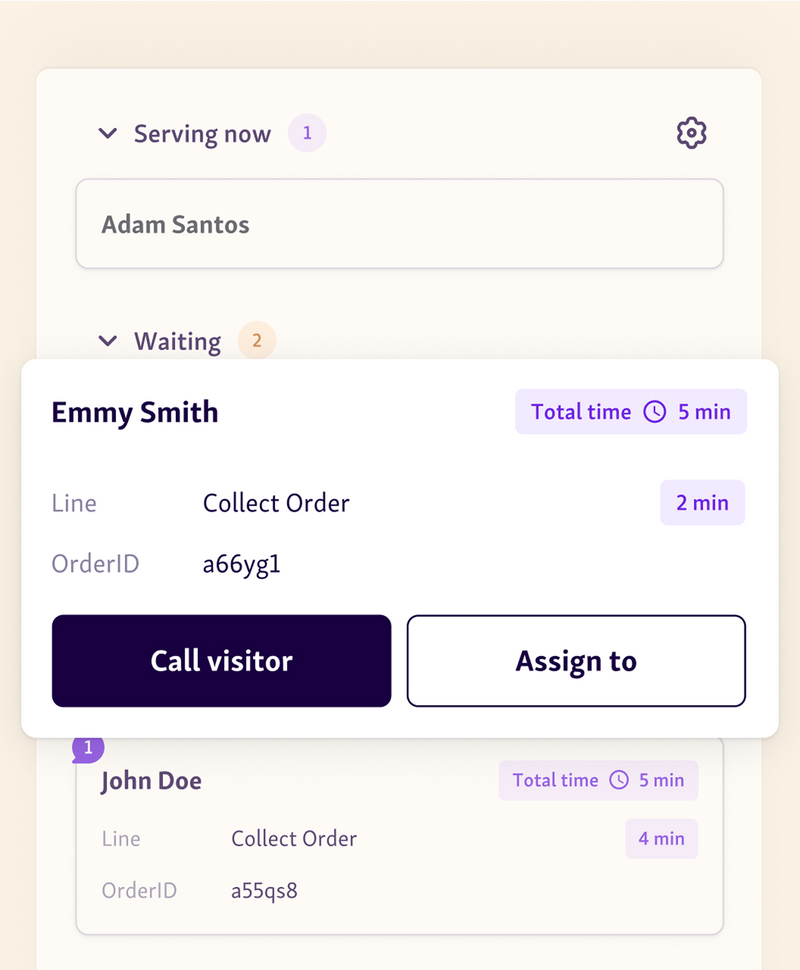
Additional Benefits:
Catches double-booked slots automatically so conflicts don't happen
Shows you which people cancel or reschedule often, so you can follow up
Lets you move staff to busy services when appointment loads shift
Creates daily summaries that help you plan staffing and resources better
2. Proactive Notifications and Reminders
A service dashboard can send automated alerts via SMS or email, reminding visitors of upcoming appointments and helping reduce no-show rates. Timely notifications ensure that citizens or customers are aware of their schedule, which also helps manage long wait times by keeping the customer flow predictable.
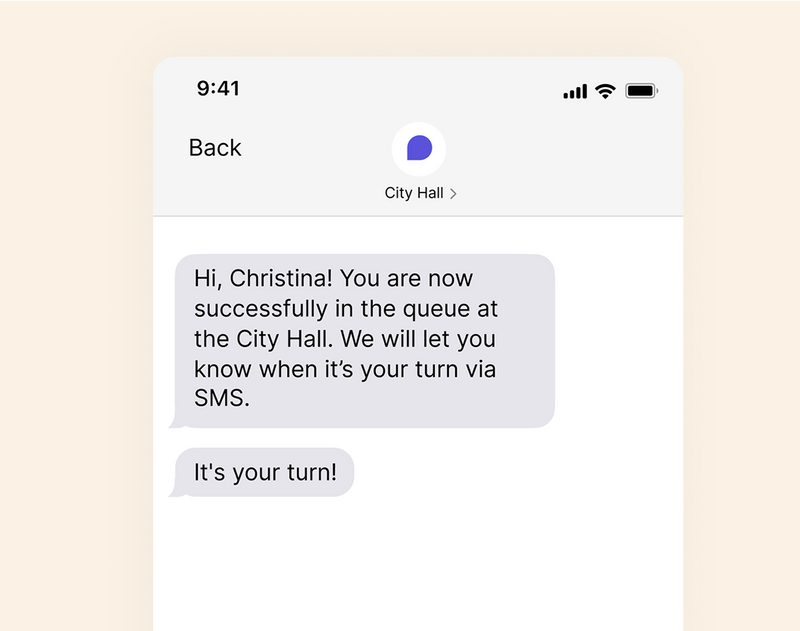
Additional Benefits:
Two-way messaging allows visitors to confirm or reschedule appointments instantly
Reduces last-minute cancellations that disrupt service operations
Encourages accountability and punctuality among visitors
Frees staff from manually contacting every individual, improving efficiency
3. Queue Management Insights
A service dashboard provides live visibility into queues, showing which services are running behind and highlighting bottlenecks. By tracking these metrics in real time, organizations can take proactive steps to reduce no-show rates and minimize long wait times.
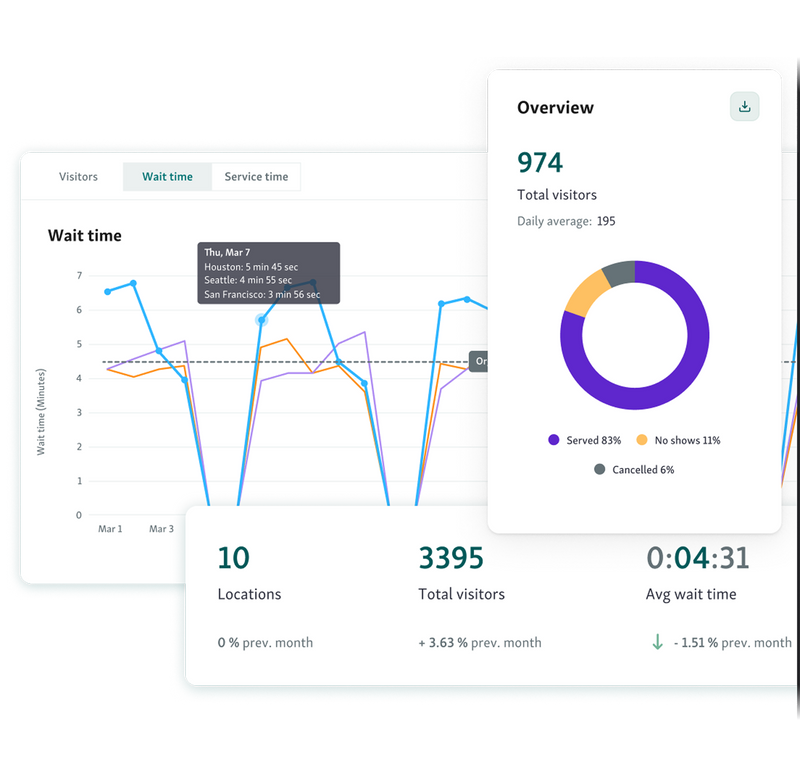
Additional Benefits:
Quickly reallocate staff to busy counters or services to balance workload
Monitor average service times to identify inefficiencies or delays
Detect underutilized resources and optimize scheduling accordingly
Generate historical queue data to plan for peak hours and special events
4. Performance Analytics and Forecasting
A service dashboard doesn't just track current activity, it analyzes historical data to spot no-show patterns and busy wait periods. Organizations use service intelligence to cut down no-show rates and control long wait times through better planning.
Additional Benefits:
Figure out staffing needs based on past demand and what's coming up
Pinpoint when cancellations or rescheduling always seem to spike
Space out appointment slots so workload stays balanced and lobbies don't overflow
Check which services work well and which need fixing to improve visitor satisfaction
You might also like - How to Use Footfall Analytics to Improve Customer Service
5. Improved Staff Coordination
A service dashboard ensures that all staff are aligned with daily schedules and current queue status, reducing confusion and improving efficiency. This coordination helps reduce no-show rates and long wait times by keeping operations smooth and organized.
Additional Benefits:
Provides staff with real-time updates on visitor flow and appointments
Alerts teams to unexpected delays or changes in queue dynamics
Enhances communication between departments for faster service resolution
Enables managers to assign resources quickly where they’re most needed
Top Service Dashboard Strategies to Follow
With rising citizen expectations, government offices need actionable insights to manage queues and appointments efficiently. Here, we explore key strategies to reduce no-shows and long wait times using service dashboards.
1. Use Predictive Analytics to Anticipate Demand
A service dashboard looks at past appointments, cancellations, and no-shows to tell you when peak hours will hit. You can then add staff, open extra counters, or create more appointment slots ahead of time. This prevents long wait times and keeps bottlenecks from happening.
Pro Tip: Look at trends weekly and prepare for seasonal rushes or special events. When you plan ahead, everything runs better and visitors leave satisfied.
2. Provide Live Wait-Time Visibility for Customers
A service dashboard can display real-time wait times for visitors via digital screens, apps, or SMS notifications. By keeping citizens informed, offices can reduce perceived long wait times and improve overall satisfaction.
Pro Tip: Combine live updates with estimated service counters or ticket numbers so visitors know exactly where they stand and can plan their time effectively.
3. Track Service KPIs to Set Goals and Measure Improvement
A service dashboard lets government offices watch key metrics - appointment adherence, cancellations, and no-show rates. When you track these KPIs, you spot bottlenecks, fix workflows, and bring down long wait times.
Pro Tip: Use past KPI data to create real goals for staff performance and visitor experience. Check these metrics regularly. Then adjust your staffing, appointment scheduling, and queue management to keep cutting no-show rates and making service run better.
4. Integrate Dashboards with Communication Tools for Transparency
Connecting your service dashboard to SMS, email, or mobile apps keeps citizens in the loop about appointments, queues, and delays. When people know their status in real time, you get fewer no-shows and shorter wait times.
Pro Tip: Let visitors confirm or reschedule appointments through two-way messaging. They handle changes themselves, which cuts confusion and makes government office
Also read - How to Improve Customer Communication With SMS Text Messaging
Optimize Service Delivery with Dashboards
Put a service dashboard in your government office and watch how appointment and queue management changes. You track real-time data, show live wait times, and analyze past trends. The result? Fewer no-shows and shorter wait times.
Dashboards also help you staff proactively, communicate better, and make decisions based on actual data. Operations run smoother and citizens walk away happier.
Qminder's service dashboard solution helps government offices streamline check-ins, manage queues, and keep visitors informed about what's happening.
Start your free trial today and see citizen satisfaction improve with Qminder.
Yes. Many modern dashboards can connect to internal scheduling, CRM, or citizen management systems, allowing seamless data sharing and improved operational efficiency.
Most dashboards follow strict security protocols, including encryption and role-based access controls, ensuring that customer data remains protected while enabling staff to manage appointments and queues.
Absolutely. Historical data from dashboards can identify trends in visitor behavior, peak service times, and no-show patterns, helping agencies plan staffing, resources, and service improvements for the future.


